Introduction
Pune, the cultural capital of Maharashtra, is a city where history gracefully blends with modernity. It’s challenging not to become engrossed in the echoes of the past as you stroll through its busy streets. Pune’s historical landmarks are like a time machine, taking you on a journey through the annals of time. In this comprehensive guide, we will embark on a fascinating voyage to explore some of Pune’s most significant historical landmarks, from fortresses that have withstood centuries to palaces that tell tales of royal grandeur.
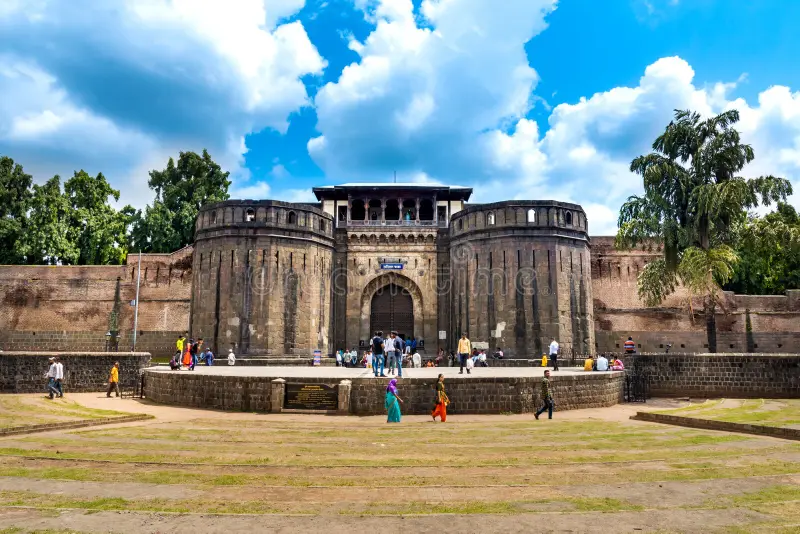
1. Shaniwar Wada: The Heart of Pune's History
Our journey begins with Shaniwar Wada, a testament to the grandeur of the Maratha Empire. Built in 1732 by the Peshwa Baji Rao I, Shaniwar Wada was the seat of the Peshwa power. The imposing structure, originally designed as a seven-story edifice, boasted ornate wooden pillars and intricate lattice work. Although much of it was destroyed in a fire in 1828, what remains today is a captivating symbol of Pune’s rich history.
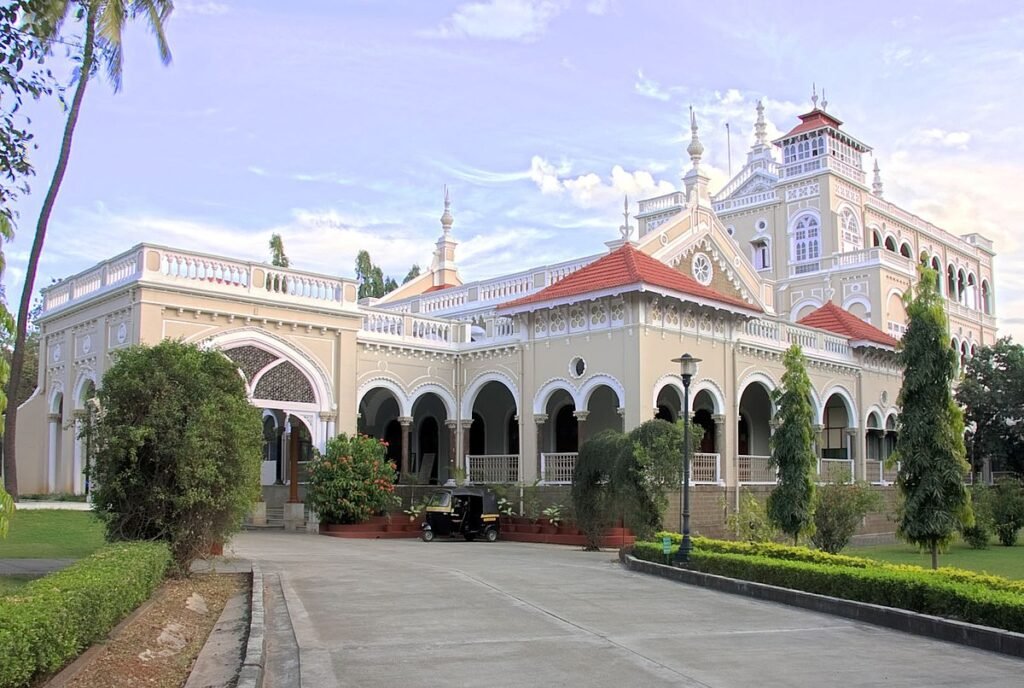
2. Aga Khan Palace: A Monument of Freedom
Aga Khan Palace is more than just a historical landmark; it’s a symbol of India’s freedom struggle. Built in 1892 by Sultan Muhammed Shah Aga Khan III, this palace was used as a prison to detain freedom fighters during the Quit India Movement in 1942. It is also the place where Mahatma Gandhi and his wife, Kasturba Gandhi, spent their last years. Today, the palace stands as a testimony to the sacrifices made by those who fought for India’s independence.
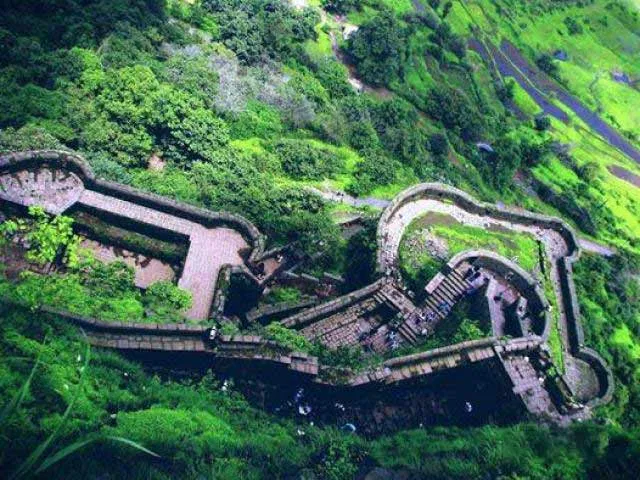
3. Sinhagad Fort: Witness to Maratha Valor
Sinhagad Fort, perched on a hill about 25 kilometers southwest of Pune, is a historical treasure that offers not only a glimpse into Maratha history but also breathtaking views of the surrounding landscape. The fort has a storied past, having changed hands multiple times, but it is best known for the legendary battle of Sinhagad in 1670, where Tanaji Malusare and his troops reclaimed the fort for Shivaji Maharaj. The fort’s strategic location and historical significance make it a must-visit landmark.
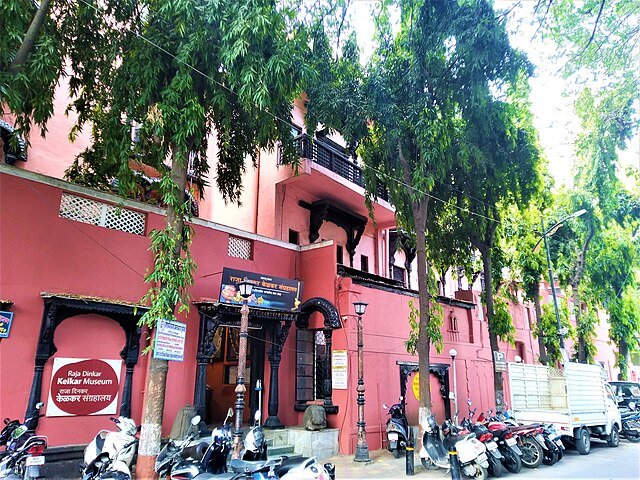
4. Raja Dinkar Kelkar Museum: A Cultural Time Capsule
Raja Dinkar Kelkar Museum, located in the heart of Pune, is a treasure trove of art and artifacts. Named after Dr. Dinkar G. Kelkar, a dedicated collector of antiques, the museum houses a vast and diverse collection of more than 20,000 objects. From musical instruments and sculptures to textiles and jewelry, the museum provides a fascinating journey through India’s cultural heritage. With objects from various eras all around you, it feels like going back in time.
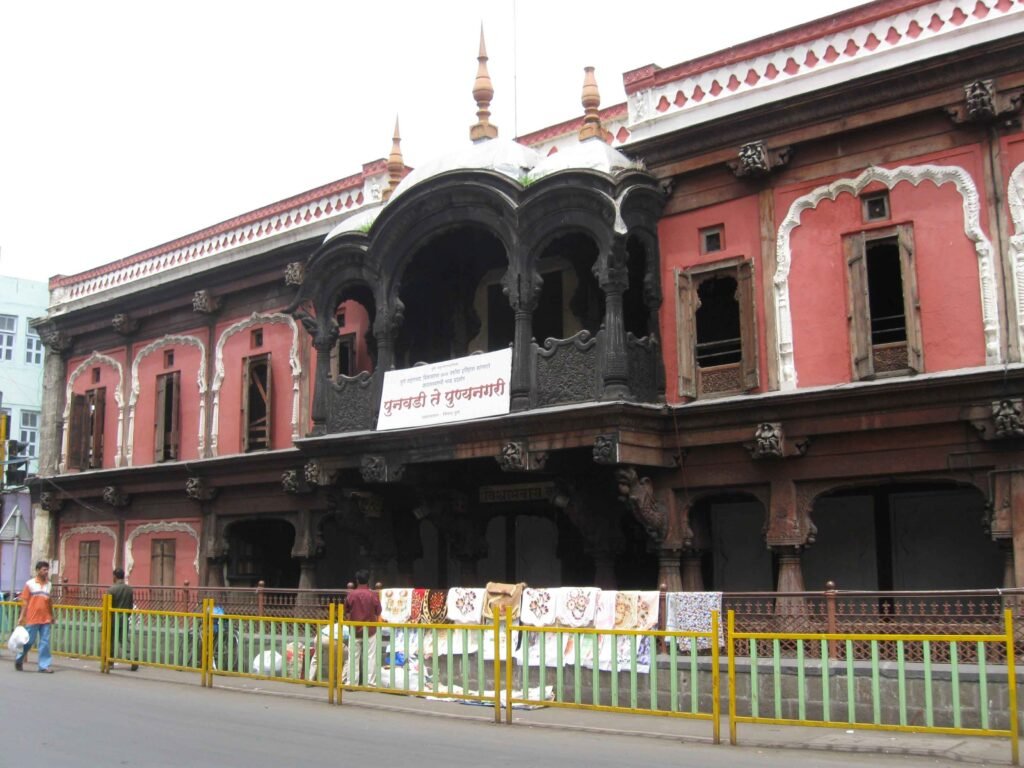
5. Vishrambaug Wada: A Glimpse of Maratha Architecture
Vishrambaug Wada is a historical gem that offers a glimpse into Maratha architecture and lifestyle. Built in 1807 by Peshwa Baji Rao II, this mansion is an architectural marvel with its wooden façade adorned with exquisite carvings. It’s also a place where significant historical events took place, including the house arrest of Baji Rao II, which marked the end of the Peshwa rule.
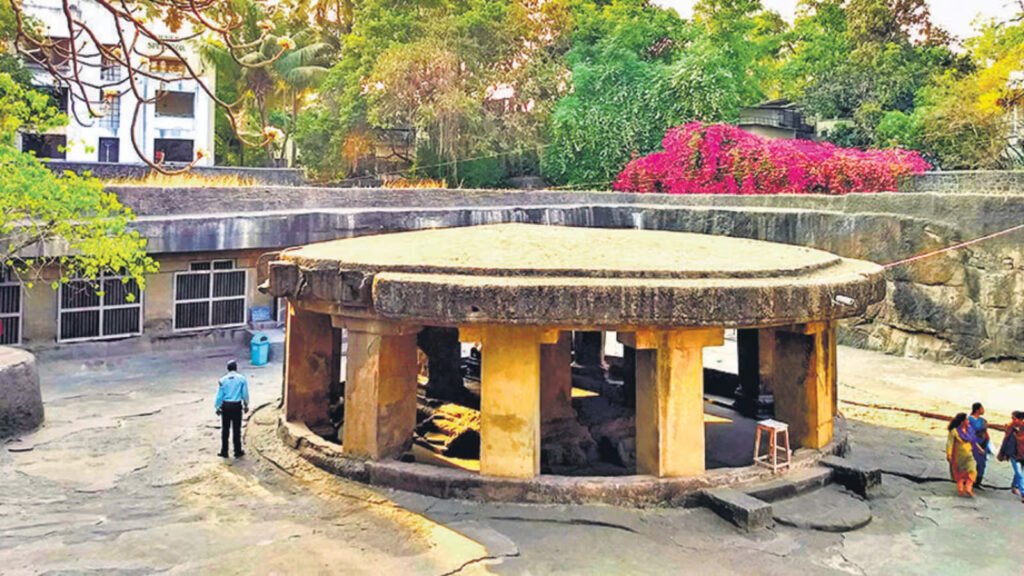
6. Pataleshwar Caves: Ancient Subterranean Wonders
The Pataleshwar Caves are an underground marvel in the heart of Pune. These rock-cut caves, dating back to the 8th century, are a prime example of ancient Indian rock-cut architecture. Dedicated to Lord Shiva, these caves consist of a central temple, an inner sanctum, and an intricately carved Nandi bull. It’s an oasis of tranquility in the midst of urban chaos, allowing visitors to connect with a deep sense of history.
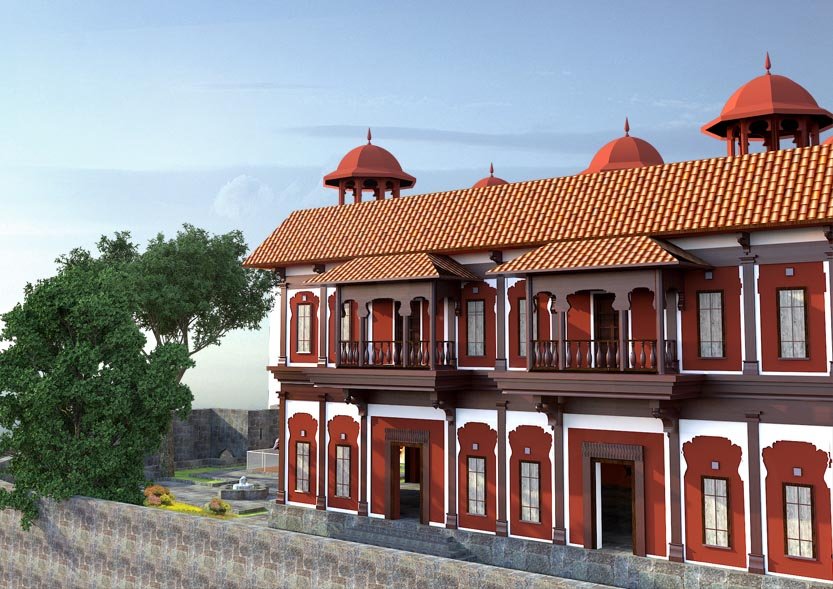
7. Lal Mahal: The Rebirth of Pune
Lal Mahal, also known as the Red Palace, holds a special place in Pune’s history as the place where the young Shivaji Maharaj and his mother Jijabai stayed during the reconstruction of Pune. The palace was rebuilt in the 17th century and stands today as a reminder of Pune’s connection to the great Maratha ruler.
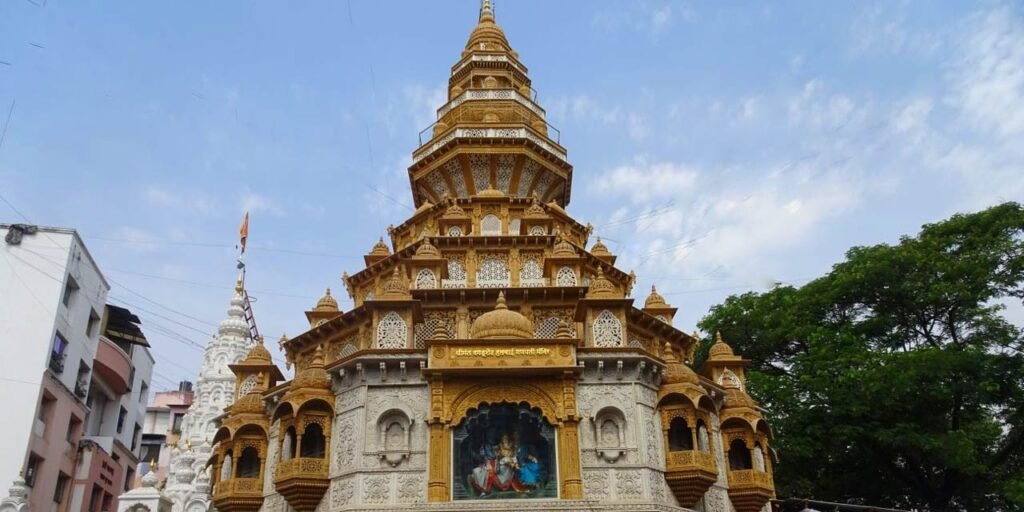
8. Shreemant Dagdusheth Halwai Ganpati Temple: Pune's Devotional Icon
Pune’s spiritual and historical identity is beautifully encapsulated in the Shreemant Dagdusheth Halwai Ganpati Temple. This temple, dedicated to Lord Ganesha, is not only a place of worship but also a symbol of the city’s cultural fabric. The temple is especially vibrant during Ganesh Chaturthi, Pune’s most celebrated festival.
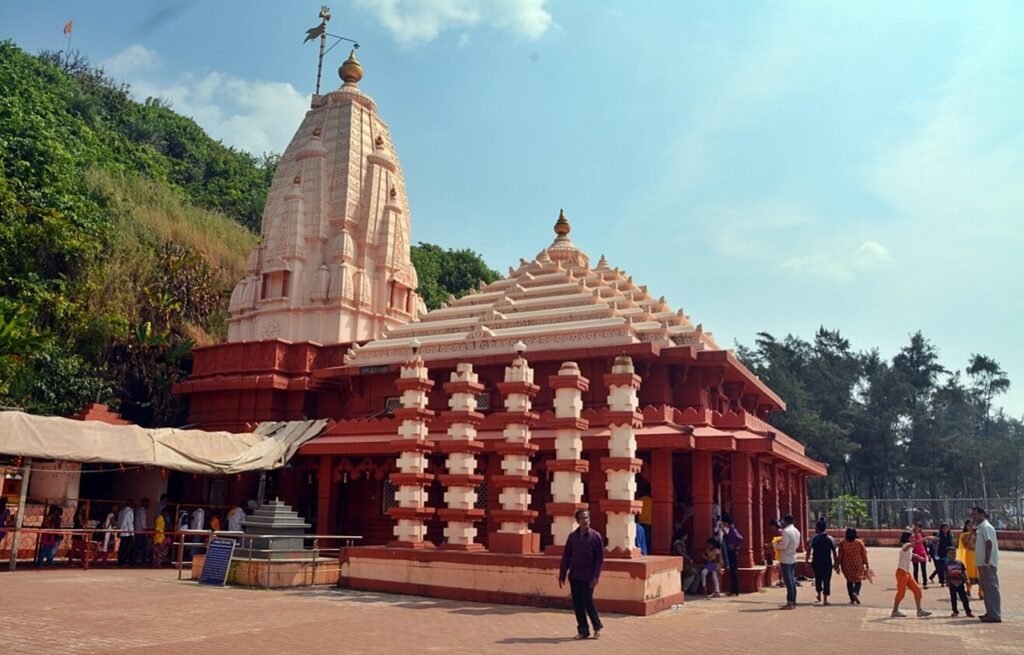
9. Kelshetra Ganpati Temple: Ancient and Mystical
Kelshetra Ganpati Temple is a lesser-known but significant historical and spiritual landmark. It’s believed to be one of the oldest Ganesha temples in Pune, with a history dating back several centuries. This temple carries an air of mystique and charm, making it a unique place to explore.
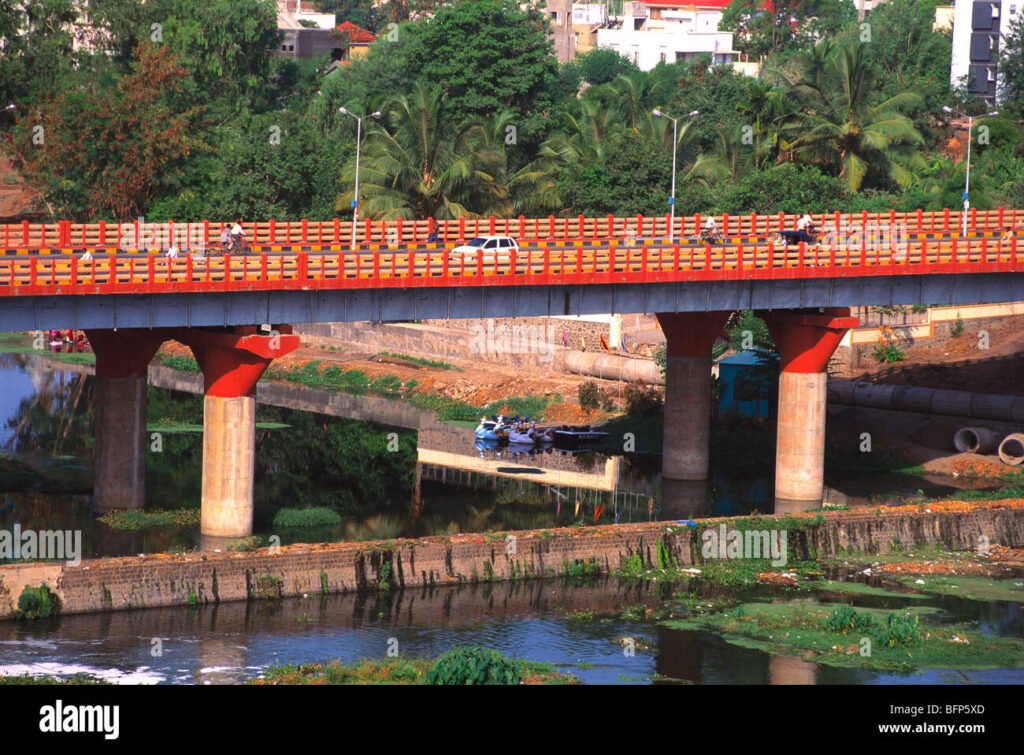
10. Raja Kelkar Bridge: A Modern Landmark with a Nod to History
Raja Kelkar Bridge, an architectural marvel, is more than just a transportation link; it’s a tribute to Pune’s history. The bridge features sculptures and carvings that depict significant events and figures from the city’s past, paying homage to its rich heritage.
Conclusion
Pune’s historical landmarks are more than just physical structures; they are living testaments to the city’s rich and diverse history. From the mighty fortresses that witnessed epic battles to the palaces that hosted great rulers and the museums that preserve artifacts from bygone eras, each landmark has a story to tell. As you explore these historical treasures, you’ll not only gain a deeper appreciation for Pune’s history but also a sense of connection to the people and events that have shaped this remarkable city. So, step into the past and let Pune’s historical landmarks be your guide on this unforgettable journey through time.





